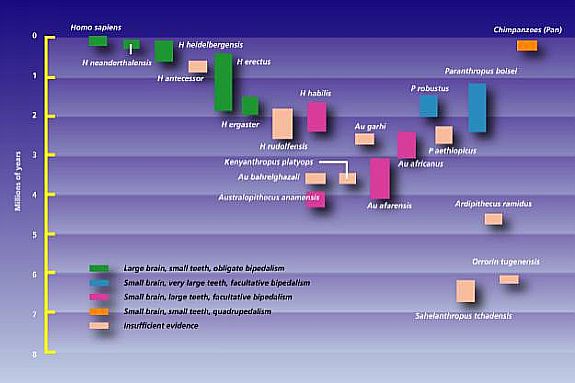First in class our quizzes that we made were returned. Then after having our quizzes returned we started our notes packet for this unit.
Purpose of the Circulatory System
- materials are exchanged and diffused such as O2 from lungs -> blood -> tissue and
CO2 from tissue -> blood -> lungs
- serves as a long-distance internal transport system
Circulatory Systems
Open circulatory system vs Closed Circulatory system
- fluid is pumped through open ended - blood is restricted to vessels and is vessels and flows among cells different from intestinal fluid
- invertebrates, arthropods, mollusks - vertebrates, earthworms, octopus
Hearts- comparative anatomy
Fish Amphibian Reptile Bird/ Mammal
- 2 chanbers - 3 chambers - 3-4 chambers - 4 chambers
- single loop - double loop - double loop - double loop
- no septum - no septum - partial septum - septum
cardiovascular system- heart and blood vessels
Human double loop circulatory system
- pulmonary- carries blood between heart and lungs
- Systemic- carries blood between heart and rest of body
Human Heart
Atria- heart chamber that receives blood
- is thin walled because it only pumps blood to ventricle
Ventricle- heart chamber that pumps blood away from heart to body and back
- therefore thick walled
Valves- prevent back flow of blood
4 chambers = O2 rich blood and O2 poor blood separate
Blood pathway!
- right ventricle to lungs (O2 poor) -> pulmonary (semi-lunar valve) ->
- pulmonary arteries ->
- capillaries O2 diffuses into blood and CO2 diffuses out of blood ->
- pulmonary veins ->
- Left Atrium (O2 rich) -> Bicuspid valve/ mitral valve ->
- Left ventricle ->Aortic valve (semi-lunar valve) ->
- Aorta (largest blood vessel in body) ->
- Capillaries O2 diffuses into tissues, CO2 diffuses out of tissues ->
- Superior and inferior vena cava ->
- R. atrium ->Tricuspid valve -> back to top

Cardiac Cycle
-cardiac cycle- rhythmic contraction (Diastole) and relaxation (Systole) of heart
- a healthy heart rate for an adult is 60-80 beats per minute
- blood moving from the atria to ventricle is the 'ba-dum' sound of the heart
- heart murmur = heart defect
- EKG (electrocardiogram)- uses electrodes to record activity of the heart and can detect the electrical impulses produced by a pacemaker
Controlling the heart rate
- Pacemaker- sets the tempo of the heart beat
- Av (atrioventricular node) delays contracting by 0.1 seconds to ensure atria is emptied completely
- increasing heart rate
- epinepherine (aderenaline)- hormone released during stress, when we were approached by an animal or threat, adrenaline was released to either aid you in running away farther from threat or aid you in fighting off the threat
- caffeine
- exercise
note: higher heart rate = more oxygen to muscles
Notes:
- remember, when looking down at a diagram, you are looking at a patient therefore left and right are switched ex: heart is on the right side of a diagram
- know the pathway of blood inside and out, quiz coming soon (Ms. Andrews said something about a tuesday..?)
- oxygenated blood is red, O2 deficient is blue
- looking back at the unit "The Diversity of Life" might be helpful
Homework: notes, read chapter 23 pg 503-514, try to finish UP 13 (hope the picture below helps if you're stuck)

Next Scribe: Yvette :)










